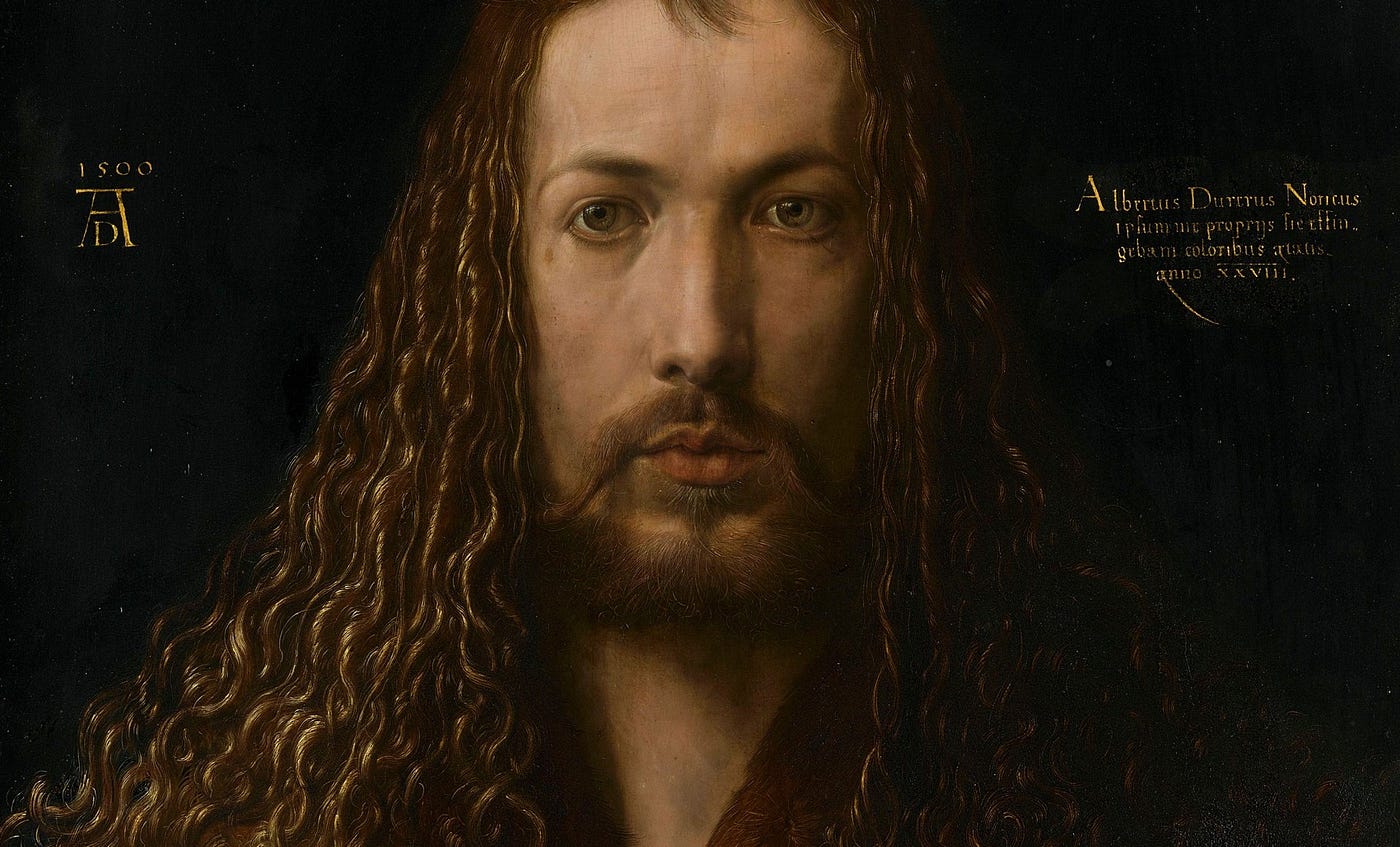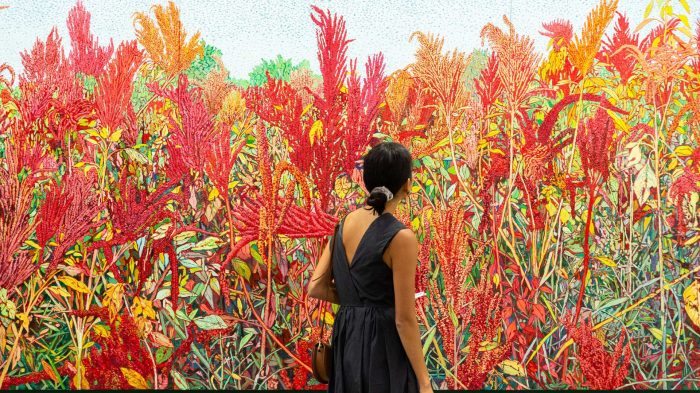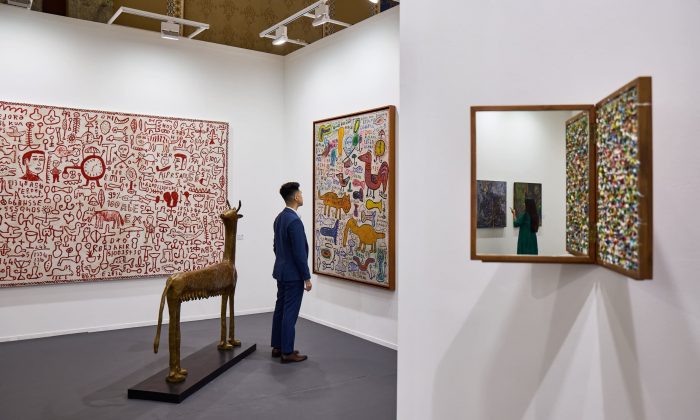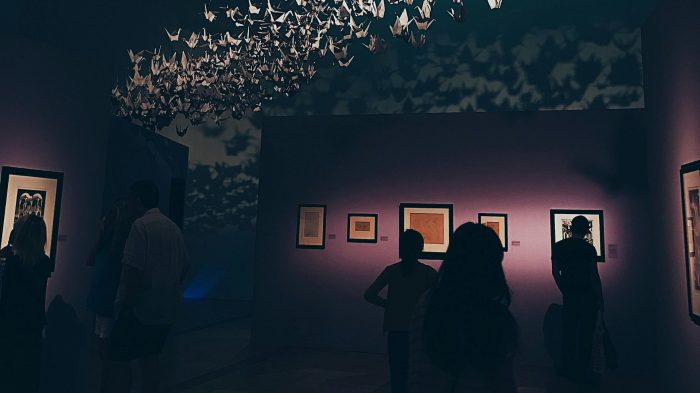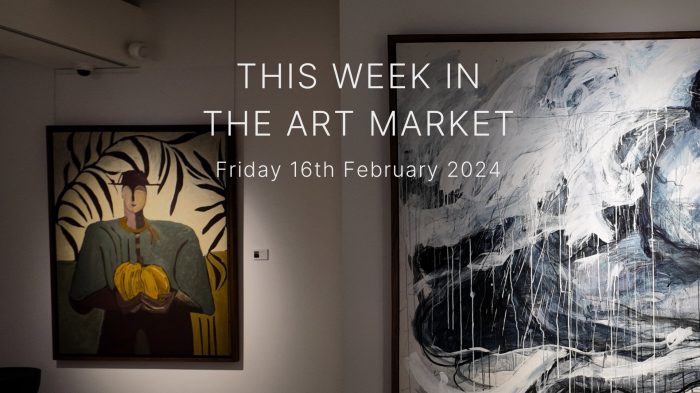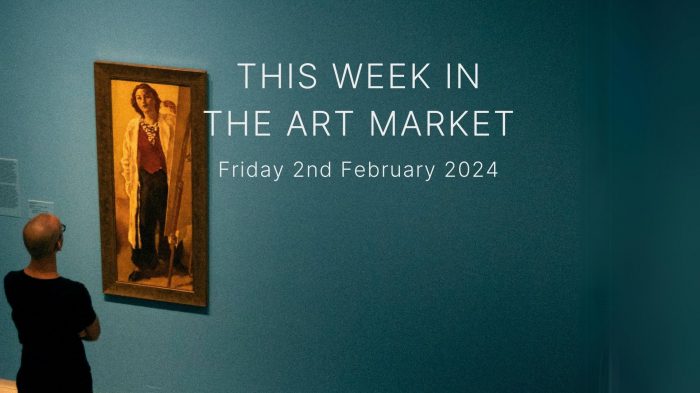The printmaking medium is typically not perceived as a fine art form in and of itself, but printmakers have had their own defined traditions and exerted a significant level of influence on the development of art history as a whole. Here, we’ll present 7 artists who have redefined the meaning of printmaking.
Albrecht Durer
Born in Germany in 1471, Durer is credited with developing the woodblock print from a purely commercial enterprise to an artistic one. His works displayed incredible technical proficiency and intense detail, depicting religious scenes like Adam and Eve (1504) and metaphysical themes such as Melancholia I (1514). Despite having been carved into wood, his works evoke the feeling of a vivid Renaissance painting, with human bodies rendered in fluid anatomical detail. (The Met)
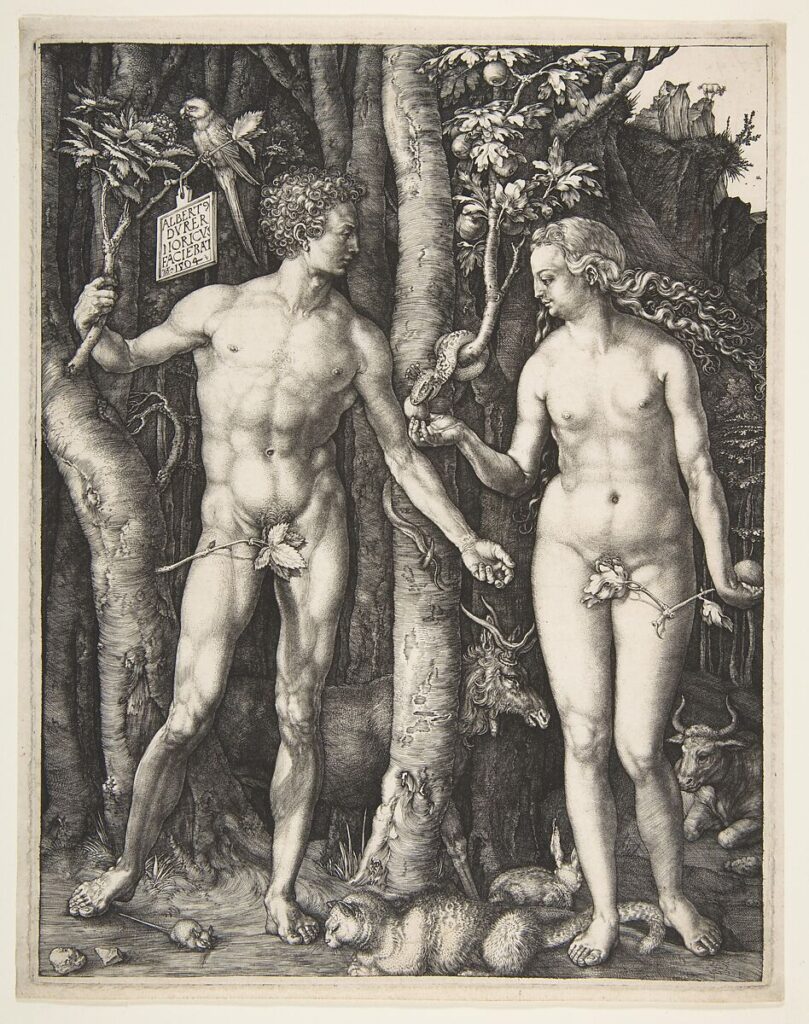
Katsushika Hokusai
Among the various art forms that had gained popularity during the prosperous Edo period —including theater, novellas and paintings — the woodblock print has become one of the most enduring symbols of the era.
Utilizing woodblock printing as a process, artists such as Hokusai produced images in bulk and very quickly, allowing them to be sold cheaply to the common person to enjoy. Hokusai himself was extremely prolific, producing thousands of paintings, prints, as well as providing illustrations for hundreds of books. His works followed the most prominent movement of the time: ukiyo-e, or wafting on earthly pleasures, depicting scenes from Japan’s flourishing entertainment district, traveling, and natural imagery. His most enduring image was, of course, The Great Wave of Kanagawa (1831), which has since been adapted into a mind boggling amount of merchandise — tee shirts, key chains, shoes etc. The work is also one of the best performing prints at auction houses, recently going under the hammer at Christie’s for $2.8 million in 2023, far surpassing its sale estimate of $500,000 to $700,000.
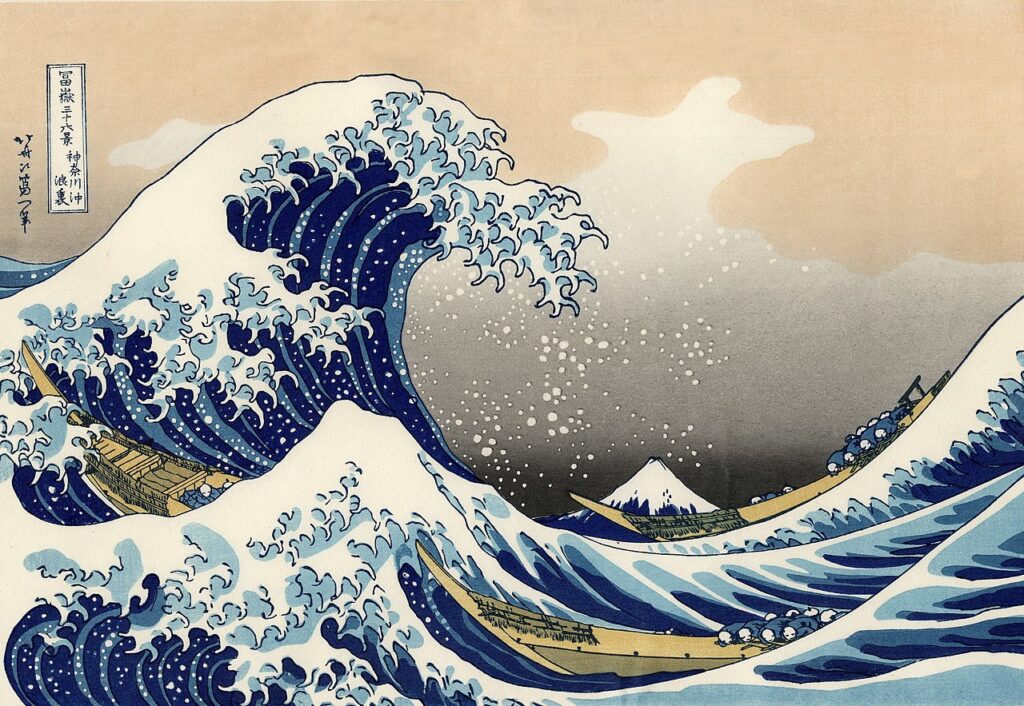
Pablo Picasso
While Picasso is much more famous for his paintings, he actually experimented in-depth with various printmaking techniques throughout his artistic career. He often utilized them as ways to create drafts of his upcoming paintings, but to a greater extent produced them as original works in their own right, with some of his prints going for hundreds of thousands of dollars at the auction block. Some of his most remarkable achievements were in lithography, where Picasso decided against using a lithographic crayon and made marks with his own fingers, reshaping his images quickly and easily. An excellent example would be Le Taureau, in which Picasso developed an image of a bull over 11 lithographs, first building the animal’s size and detail, then reducing it to just a few abstract lines.
Another example would be Le repas frugal (1904), a rare lithograph produced in the early stages of Picasso’s career which went on auction for £6 million at Christie’s in 2022, nearly three times the upper sales estimate of £2,500,000.
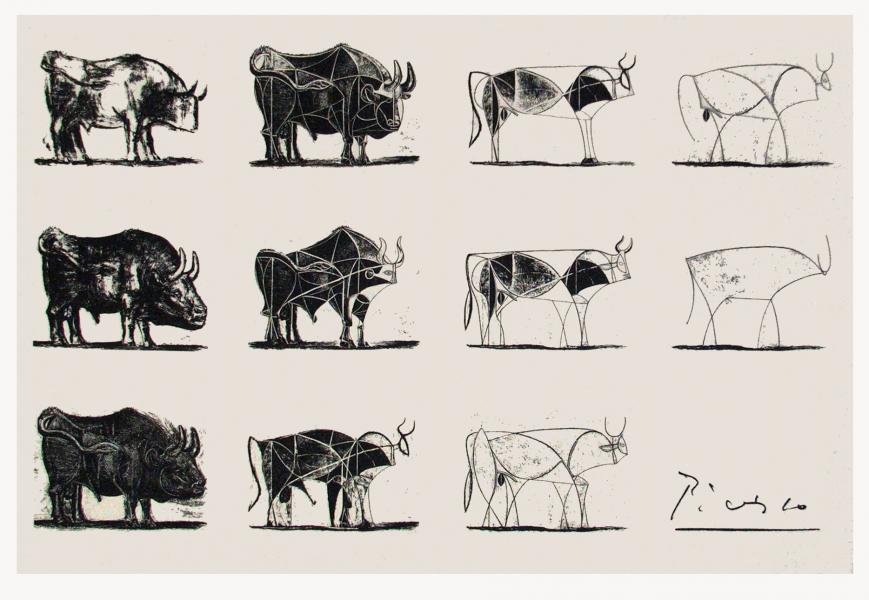
Andy Warhol
Andy Warhol was a celebrated Pop Artist who was well known for his photographic silkscreen printing process. He has his silkscreen matrices created using popular photographs, and the printing process allowed him to replicate these images en masse in a short period of time. His process mimicked the endless proliferation of popular images in American culture, and examined the visual vocabulary of advertisements, magazines, comic strips and other types of mass media. On one hand, Warhol showed how even these common, “low-brow” images could be considered beautiful and appreciated aesthetically; but on the other, critics expressed how the seriality of his works made them feel clinical and soulless, demonstrating how mass media devalued the sanctity of the image in this modern, hyper-capitalist world.
Warhol’s prints have become some of the most sought-after items in the fine arts market, with his silkscreen print Shot Sage Blue Marilyn (1964) far exceeding the value of other mediums and becoming the most expensive 20th-Century artwork ever sold at a whopping $195 million.
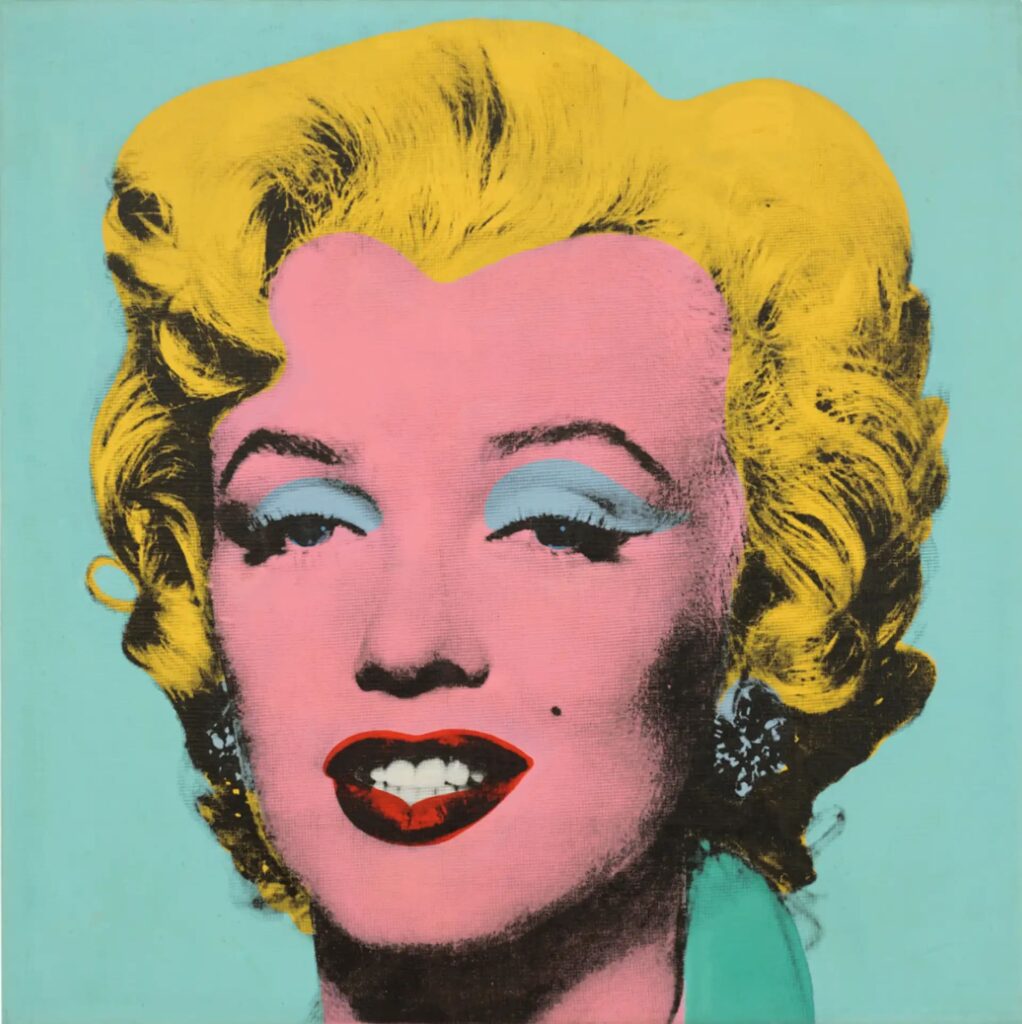
Keith Haring
Keith Haring’s work has always meant to be accessible: with public murals, posters or prints, but also tee shirts, buttons and other commercial merchandise, the average person would be able to view Haring’s iconic style without having to fork out thousands of dollars. Haring utilized techniques such as lithography, silk-screening, etching, woodcuts, embossing and aquatint, partnering with workshops in the US, Europe and Japan to produce massive amounts of prints in his time. (The Keith Haring Foundation)
Haring created over 60 separate and distinct editions on paper, and also created small-scale multiples in aluminum, wood, concrete and terracotta. One of Haring’s most interesting print series was also one of his last: the monochromatic The Blueprint Drawings (1990), a series of 17 silk-screen works utilizing Japanese calligraphy ink, which revisited familiar themes such as violence, death and sexuality. (Pace prints)
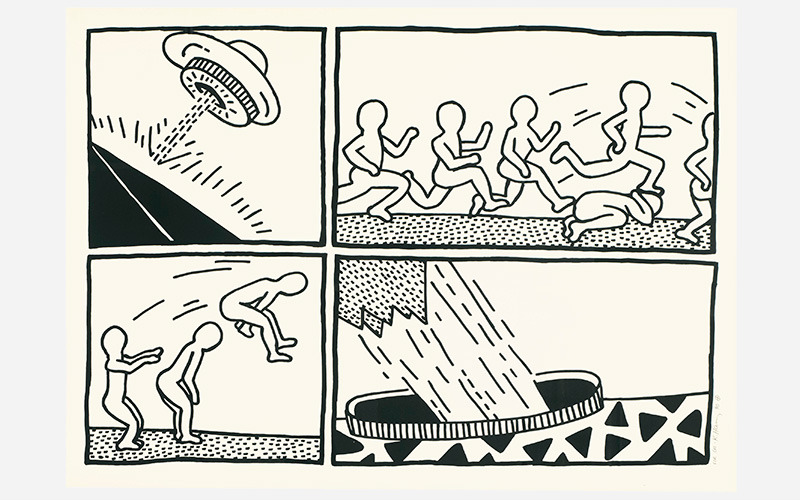
David Hockney
While David Hockney has experimented with many different forms of printmaking throughout his extensive career, some of his most interesting works emerge not from any traditional printmaking methods that we’ve gotten to know, but from modern photocopy machines — manifesting the artist’s obsession with contemporary technologies. The artist mimicked printmaking conventions by splitting his image into separate coloured layers, and running the paper through the machine to composite the layers together to produce the final image. This process was quicker, more flexible and experimental than any other printing technique available, and exposed the possibilities of reframing mundane technology to create new and exciting works. Overall, Hockney’s prints have performed very well in the market, providing an accessible way for collectors to own his work without having to spend millions of dollars, and at the same time yielding healthy investment returns year on year.
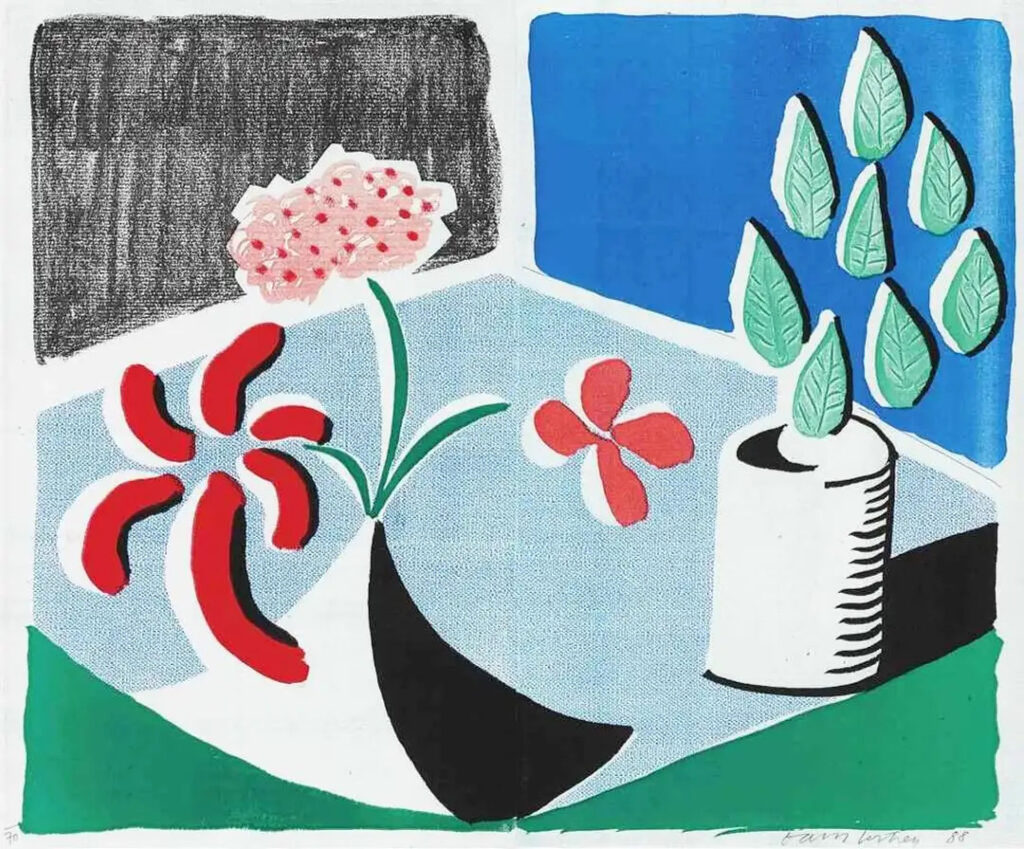
Banksy
Interestingly, for artists such as Banksy monetary value is not generated from the original graffiti works, but print reproductions of his images. Banksy’s works are by nature confined to physical walls and other urban surfaces, and cannot be turned into a saleable product. As such, Banksy’s prints are the ones that command incredibly high value at auctions, while his actual works are sometimes preserved but often lost to time and the elements.
Banksy’s prints have transformed the art market, becoming incredibly highly valued among collectors. The artist made headlines when his print work Girl with Balloon was suddenly shredded after being sold at £1 million, the subsequent work being sold yet again for a much higher price of £18,582,000 at Sotheby’s in 2021, more than three times the original sale estimate of £4-6 million.
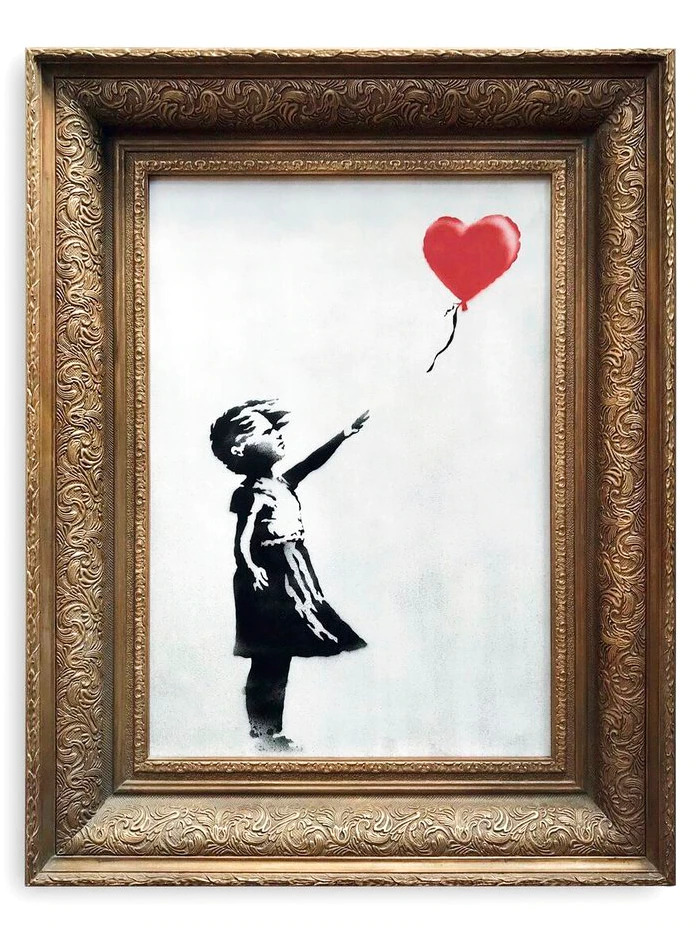
The phenomenon of high-value art prints suggests that art is no longer perceived as necessarily original and unique — in a media landscape where images are endlessly replicated and proliferated, the artist’s signature style and recognizability arguably becomes the most significant aspect of the work. Warhol, Haring and Banksy have all produced thousands of prints in their time, but it is the signature of the artist — Warhol’s striking color, Haring’s human figures and Banksy’s grungy realism — that draw collectors and fans alike to pay thousands for an authentic print, even if it may not be actually signed by the artist.

